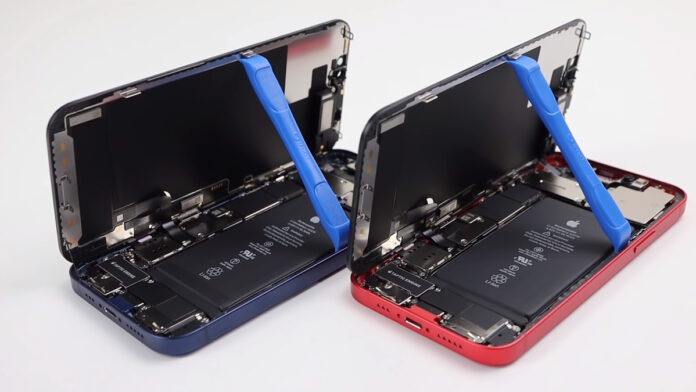Apple has for the longest time been limiting the extend you can repair your own iPhone without vising their certified repair locations. Since the touch ID was unveiled, Apple made it impossible for consumers to replace the part which loses the fingerprint functionality if swapped by anyone else except Apple themselves. This including a couple of parts, has almost made stolen iPhones worthless since important parts won’t work on iPhones that didn’t originally come with them.
Touch ID and Face ID
Apple has obviously been steadfast to ensure security and privacy of users are not easily compromised on their devices. The stance has elicited mixed reactions, with one of the recent confrontations with law enforcement in the United States catching headlines as to what extend they need to go in protecting user’s privacy. Touch ID and Face ID components on iPhones have been at the core of Apple’s Ideals to put user’s privacy above everything. The move has however had unprecedented impact on the users generally; there’s no way around gaining touch ID or face ID features without involving Apple themselves in replacing them. Although some Chinese videos indicate that using some sophisticated equipment’s its possible to replace these components, the exercise is just to complicated and expensive unless it’s done on a commercial scale.
Display and Battery Replacements;
One way of getting original Apple panels and batteries is harvesting them from non-functional iPhones, and one way this has been possible is by purchasing locked iPhones and harvesting their parts. Since the company is now warning users whenever these parts are replaced without using its special equipment, it makes the idea not worth the trouble.
Camera modules on iPhone 12 are not replaceable.
There are reports that camera modules on recently announced iPhone 12 are not interchangeable. This basically means you can not transfer modules on another phone since they won’t work.
Conclusion
Considering the number of parts that cannot be transferred from one iPhone to another, there is practically no incentive for consumers to purchase broken on non-working iPhones just to harvest their parts. It also brings the question whether Apple is limiting the number of repairs that can be done by third parties in a bid to open new revenue streams. It should be noted that Apple’s repairs are relatively very expensive in comparison.

